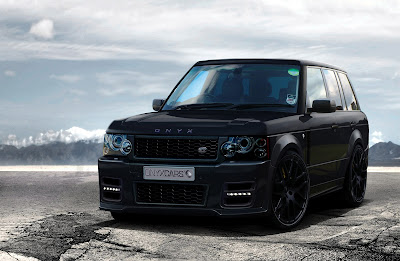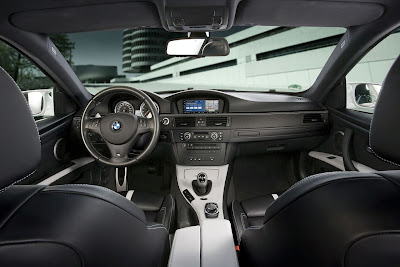 Custom 330'' Tire Chopper and Hot Model
Custom 330'' Tire Chopper and Hot ModelA chopper is a radically customized motorcycle, archetypal examples of which are the customized Harley-Davidsons seen in the 1969 film Easy Rider. Many of today's custom motorcycles are sometimes mistakenly called choppers. But a truly custom-built motorcycle has additional -- usually chrome -- accessories and billet parts added on to the bike for aesthetic pleasure, while originally such modifications were purely functional in nature.
Choppers have enjoyed a large following. Companies like Jesse G. James' West Coast Choppers have met success producing extremely expensive traditional chopper-style bikes and a wide range of chopper-themed brands of merchandise such as clothing, automobile accessories and stickers.
A distinction should be noted between true chopper (or chopper-style) motorcycles, and custom motorcycles, or 'custom cruisers'. Despite the name, a large percentage of the motorcycles produced by popular companies such as Orange County Choppers, Indian Larry, Cyril Huze and Von Dutch Kustom Cycles are better described as 'custom'.
On this same subject a distinction should be made between choppers and bobbers. While both tried to improve performance by removing any part that didn't make the motorcycle perform better, they differed in an important way: bobbers kept the original factory frame, while choppers have a modified form of the factory frame.
When individuals were stripping their stock motorcycles and bobbing their fenders, the term "bobber" was born. When individuals started cutting (or chopping) and welding their frames thereby repositioning/restyling them, the term "chopper" was born. Chopping was the next phase in the evolution that followed dirt track bobbing.
While people assume that the chopper style motorcycles were built purely for aesthetics, there is a real performance advantage to the raked front end on these choppers. These motorcycles have a much more stable feel at high speeds and in a straight line than motorcycles with original factory front suspensions. However, like any other modification, there's a downside: the raked front end feels heavier and less responsive at slow speeds or in curves and turns. This is due to the longer trail measurement associated with increased rake.
Changing the rake and trail of a motorcycle design requires modification of the design itself. This is a job that requires in-depth input from a motorcycle designer who is experienced with such design changes.
Which brings up one more option a chopper builder has: raked trees. Raked trees are designed so the lower tree sticks out further than the upper tree, thus increasing the rake of the forks in relation to the steering head rake. What this does, for those still following along all the imaginary lines, is position the axle closer to the frame rake measurement line, or shortening the trail. Thus, when adding raked trees to a raked frame (which sports a longer trail), the trail is shortened to a more manageable level. However, be warned that adding raked trees to a frame with short rake and trail can be hazardous, as shortening an already short trail measurement can lead to an unstable situation as speed increases. Misuse of raked trees can be quite dangerous, so a bit of research is in order before turning the first wrench on any chopper project. Just remember that because it looks good in a magazine doesn't automatically mean it will work on your bike.
Despite the personalized nature of choppers, and the wide availability of alternative designs, chopper builders have overwhelmingly chosen fat rear tires, a rigid-looking frame (even for a softail), and an original or replica air-cooled, pushrod v-twin engine. In the UK, due to the cost and lack of availability of the v-twin engine, many chose to use British engines from bikes such as Triumph or BSA; lately as availability has increased, Japanese engines have seen more use. Some people feel that the variety of engines and other components used more recently (especially on bikes built outside of the US) is diluting the signature appearance of the chopper style. Modern bobber builders tend to distinguish themselves from chopper builders with bikes styled before the chopper era.
The United States of America, where most custom choppers reside, is one of the few countries in the world that allow custom-built choppers to be licensed for highway use. Many of these types of choppers are regarded as dangerous to operate and don't follow basic design geometry and lack many safety features in their construction.
Three wheeled choppers, most often referred to as Trikes, are also a common configuration that is now regaining popularity. Usually made from car drive trains like the old Volkswagen Beetle, three wheelers are gaining acceptance for various reasons; they are safer and easier to ride and carry cargo and passengers. Chopper builder Rat Race Productions of Phoenix is one of the most prolific and popular trike producers.
Trikes, however, suffer from some serious handling flaws compared to normal two-wheeled motorcycles. If a trike rider hits a bump with enough force to cause one of the rear wheels to leave the ground the trike becomes, in effect, a motorcycle that is aimed at a sharp angle in relation to its direction of travel. Physics aside, there are no accident statistics to show how much more unsafe trikes are compared to motorcycles per mile traveled.


































































.jpg)